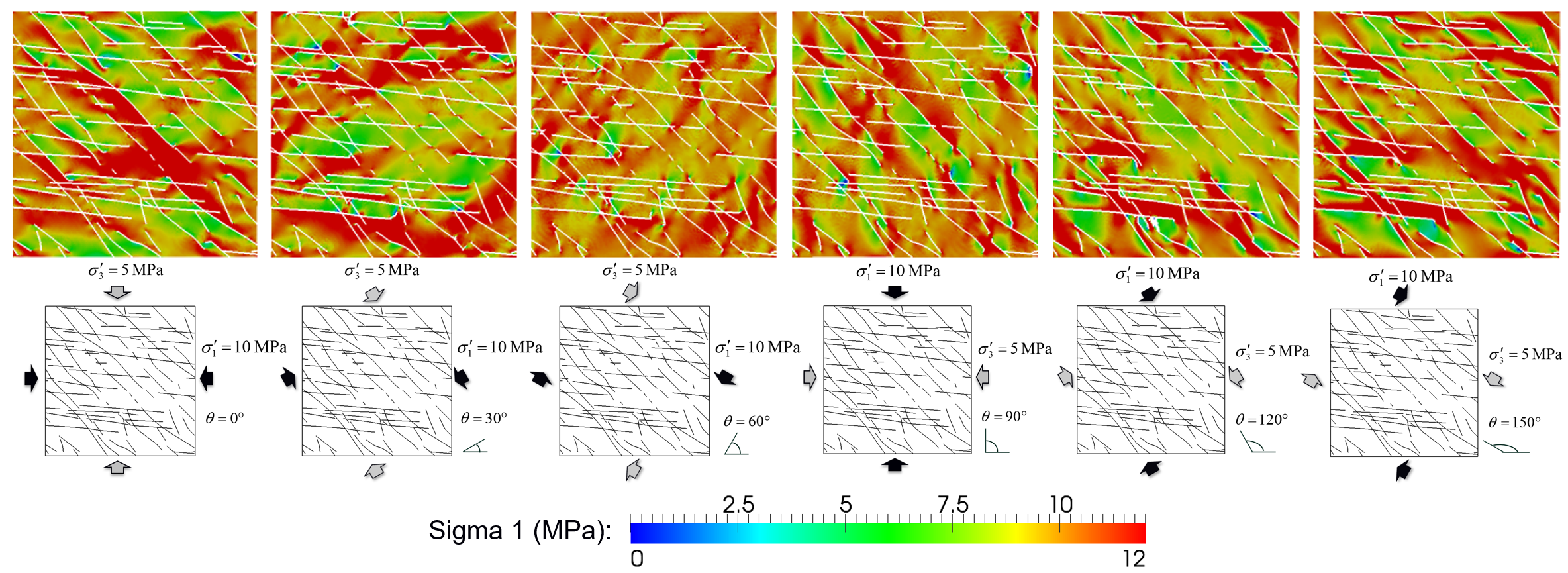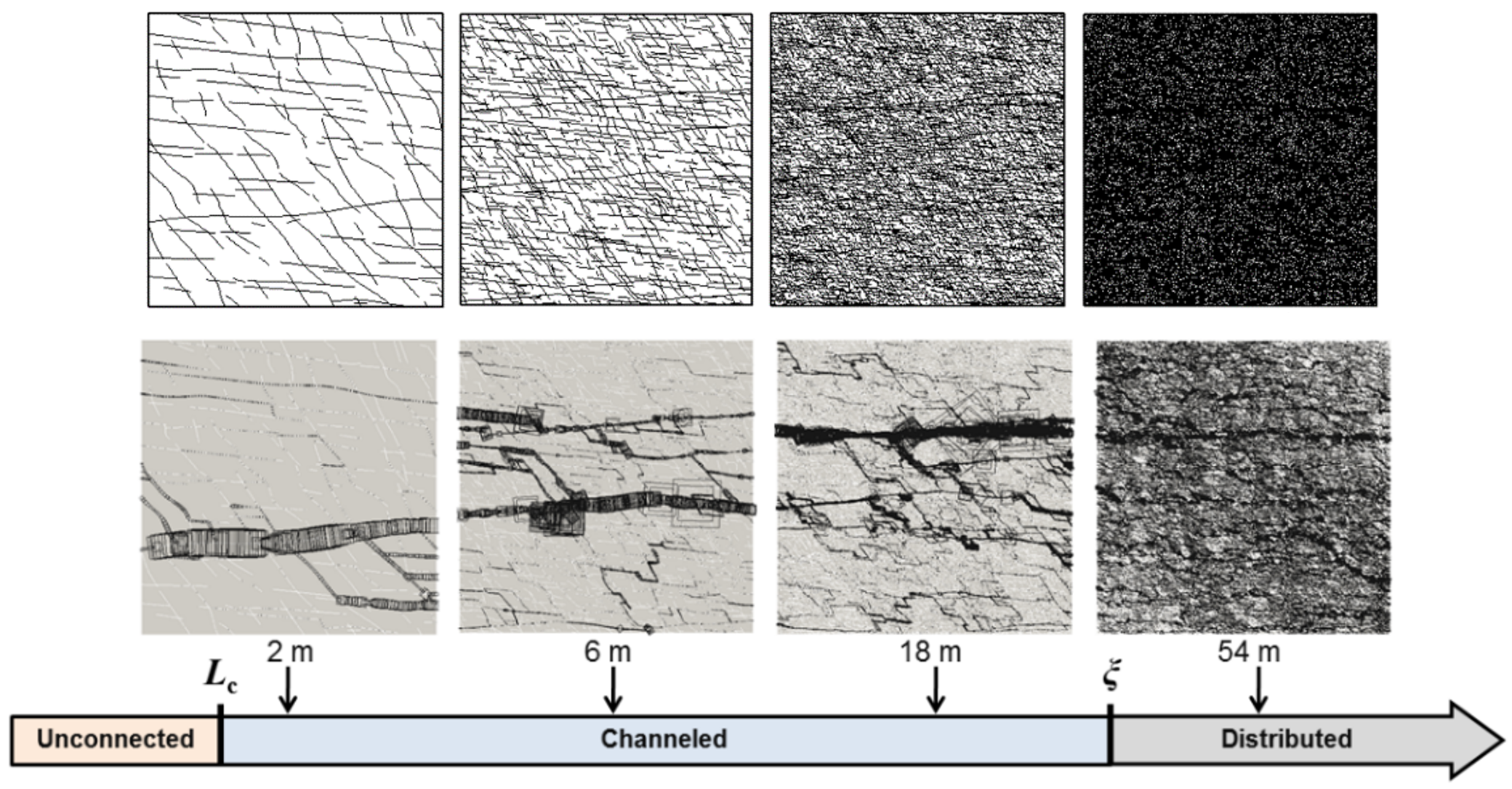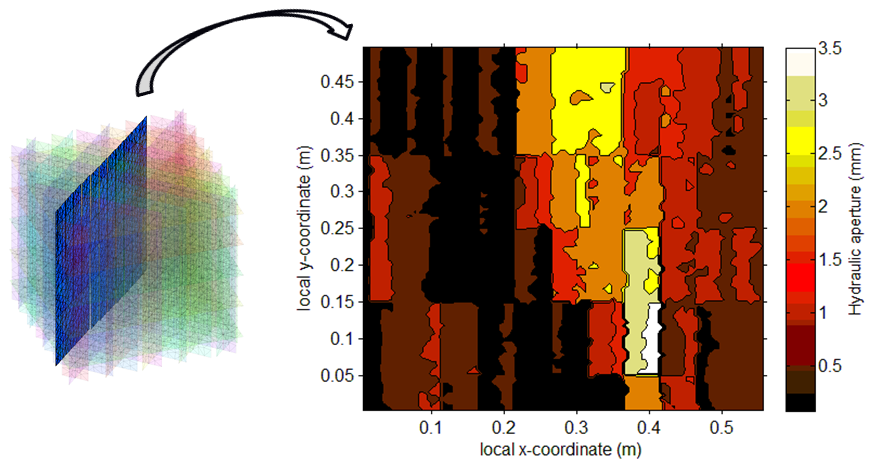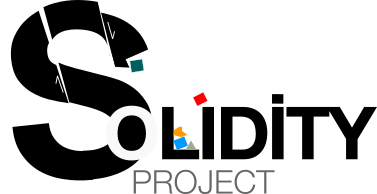Natural fractures such as joints and faults are ubiquitous in crustal rocks. These naturally occurring discontinuities often comprise complex networks and create highly disordered geological conditions. Fractures, along which rupture has caused cohesion loss and mechanical weakness in the rock, often dominate the strength and deformation properties of geological formations. Interconnected fractures can serve as conduits or barriers for fluid and chemical migration in subsurface space. The understanding, characterisation and computational modelling of the important effects of fractures on the hydromechanical properties (e.g. strength, deformability, permeability and anisotropy) of highly disordered geological formations is a challenging issue and is relevant to a variety of engineering applications including the extraction of hydrocarbons, the production of geothermal energy, the remediation of contaminated groundwater, and the geological disposal of radioactive waste.
The Solidity FEMDEM software possesses unique advantages of modelling the deformation of rock matrix, the opening/shearing/dilatancy of rough natural fractures, and the propagation of new cracks. A joint constitutive model (JCM) has been implemented into the FEMDEM framework to derive the heterogeneous stress field and the resulting stress-dependent aperture distribution in complex fracture networks subjected to in-situ stresses.

A novel approach to upscaling fracture network models has been developed for preserving geostatistical and geomechanical characteristics of a smaller-scale “source” fracture pattern. The code employs discrete-time random walkers in recursive self-referencing lattices to nucleate and propagate fractures together with their stress- and scale-dependent apertures into larger domains. Advantages of this approach include preserving the non-planarity of natural cracks, capturing the existence of long fractures, retaining the realism of variable apertures, and respecting the stress-dependency of displacement-length correlations. Distinct permeability scaling trends are observed for different geomechanical scenarios and a transition zone is identified where flow structure shifts from extremely channeled to distributed as the network scale increases.

The stress-dependent aperture distribution and flow behaviour of 3D fractured rocks have also been explored based on the Solidity FEMDEM code. A considerable large aperture channel associated with localised fluid flow may form vertically in a sedimentary sequence under deviatoric stress field.

Further reading:
Lei Q, Latham J-P, Xiang J, Tsang C-F, Lang P, Guo L. 2014. Effects of geomechanical changes on the validity of DFN representation of a realistic 2D fractured rock. Int J Rock Mech Min Sci 70: 507-523.
Lei Q, Latham J-P, Xiang J, Tsang C-F. 2015. Polyaxial stress-induced variable aperture model for persistent 3D fracture networks. Geomech Energ Environ 1: 34-47.
Lei Q, Latham J-P, Tsang C-F, Xiang J, Lang P. 2015. A new approach to upscaling fracture network models while preserving geostatistical and geomechanical characteristics. J Geophys Res Solid Earth 120: 4784-4807.
Lei Q, Wang X. 2016. Tectonic interpretation of the scaling properties of a natural fracture system in limestone: structure and connectivity. Geophys Res Lett 43, 1551-1558.
Lei Q, Latham J-P, Xiang J. 2016. Implementation of a joint constitutive model in finite-discrete element analysis of the geomechanical behaviour of fractured rocks. Rock Mech Rock Eng doi: 10.1007/s00603-016-1064-3.
Lei Q, Wang X, Xiang J, Latham J-P. 2016. Influence of stress on the permeability of a three-dimensional fractured sedimentary layer. 50th US Rock Mechanics/Geomechanics Symposium, 26-29 June, Houston, USA.
